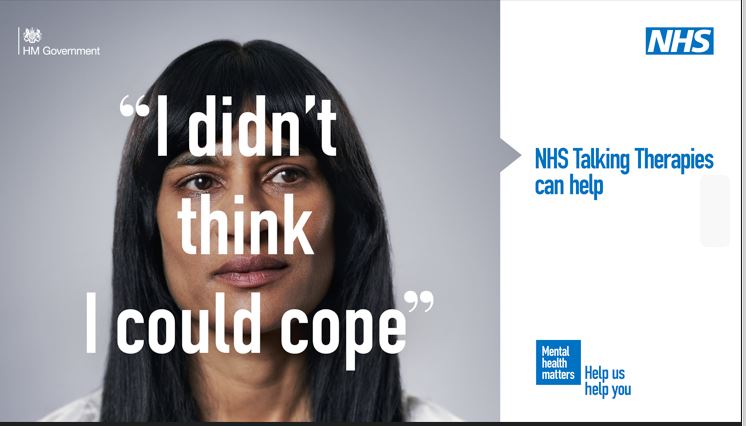Ample sleep is a crucial aspect of overall well-being, particularly when combating a sinus infection. Ensuring a minimum of eight hours of sleep supports your immune system in its battle against the infection. Additionally, resting during the day and conserving energy aids in a quicker recovery from sinus infections…reports Dr. Babina N.M.
Sinus infections, often triggered by preceding illnesses such as the cold or flu, can be both disruptive and persistent. While these infections typically run their course in about a week, some individuals experience prolonged and intensified sinus issues, indicating chronic sinusitis. Seeking timely consultation with a sinus specialist becomes crucial in such cases. Complicating matters, common mistakes made during a sinus infection can exacerbate the condition. As the cold and flu season approaches, sinusitis becomes a prevalent concern for both adults and children, leading to sinus inflammation. Fortunately, natural remedies offer relief; however, it is essential to navigate self-care treatments cautiously, avoiding certain practices and approaching others with care. In this article, we explore the mistakes that can worsen sinus issues and provide guidance on managing them naturally.
Common Mistakes that Aggravate Sinus Infections
Common mistakes during sinus infections can inadvertently exacerbate symptoms and prolong discomfort. It’s crucial to be aware of these pitfalls to ensure effective self-care during sinusitis.
Not Using a Humidifier
Sinus infections often worsen in colder seasons when the air becomes dry. Winter’s chilly and dry conditions not only impact the skin but also lead to the drying out of nasal passages, exacerbating sinus discomfort. To address this, consider using a humidifier or vaporizer to add moisture to the air. This helps prevent your sinuses from becoming excessively dry and irritated, providing relief from discomfort.
Excessive Use of Nasal Spray
While over-the-counter nasal sprays provide temporary relief from sinus infection pressure, prolonged and improper usage can have adverse effects. The main chemical in these sprays may contribute to worsening sinus infections. If your sinus infection persists beyond a week, it is crucial to consult with an ENT specialist to ensure appropriate management.
Insufficient Sleep
Ample sleep is a crucial aspect of overall well-being, particularly when combating a sinus infection. Ensuring a minimum of eight hours of sleep supports your immune system in its battle against the infection. Additionally, resting during the day and conserving energy aids in a quicker recovery from sinus infections.
Inadequate Hydration
Staying well-hydrated is crucial when dealing with a sinus infection. Increased water intake supports mucus production, helping to keep the mucus thin and easier to expel. Proper hydration during a sinus infection contributes to relieving congestion and facilitating better breathing.
Minimize Sinus Irritants
Sinus discomfort isn’t solely linked to dry air; various factors like seasonal allergies, fragrances, smoke, and airborne particles can exacerbate sinus issues, particularly during an infection. While you can’t control all environmental factors, ceasing the use of perfumes or quitting smoking can lead to noticeable relief. The toxins in smoke can aggravate sinusitis, making it crucial to minimize exposure for improved sinus health.
Effective Home Remedies for Sinusitis Relief
Sinusitis can often be alleviated using natural remedies, some of which might be familiar advice passed down through generations. These approaches work to calm irritated sinus passages, promoting better mucus flow and providing relief from nasal congestion.
Relieve Sinus Congestion with Steam
One of the most effective at-home remedies for sinus infections involves warming and moisturizing your sinus passageways. Inhaling steam is a soothing method that clears your sinuses.
Simply stand in the shower or sit in the bathroom while the shower is running. Alternatively, place a warm washcloth over your nose and cheeks as you lie on your bed.
For a potent steam treatment, boil a pot of water, remove it from the heat, and put a towel over your head. Bend over the pot to inhale the steam, keeping your eyes closed and maintaining a safe distance from the hot water. As the liquid cools, adjust your proximity for comfort.
Enhance the experience by adding a drop or two of essential oils; eucalyptus oil can aid in nasal decongestion, while lavender or chamomile essential oil brings a calming effect.
Yoga to Drain Mucus
If you find yourself amid a sinus infection, certain supported yoga poses can provide relief without exerting undue pressure on your sinuses. Poses like Legs Up the Wall (Viparita Karani) and Supported Bridge Pose (Setu Bandhasana) are beneficial. These poses promote gentle inversion, helping to drain mucus from the sinus passageways and potentially alleviating discomfort associated with sinusitis. Engage in these poses mindfully and listen to your body for a soothing experience during a sinus infection.
Nasal Irrigation for Relief
To alleviate symptoms and potentially prevent sinus infections, consider nasal irrigation as a beneficial method. Nasal irrigation involves using a saltwater solution to flush out germs and congested mucus from the sinus passages. It’s also known as nasal wash, nasal douche, or lavage, and often involves a tool like a neti pot.
Studies, including one featured in the Canadian Medical Association Journal, suggest that irrigation can improve sinus-related symptoms. However, it’s crucial to exercise caution by using distilled or sterile water to avoid the rare risk of introducing parasites into the sinus passageways. If using tap water, ensure it’s sterilized by boiling for 3 to 5 minutes and then cooling before nasal irrigation.
Eat More Vegetables and Fruits
Enhance your sinus health naturally by incorporating more fruits and vegetables into your diet. These nutrient-rich foods, such as onions, apples, green tea, and red wine, contain powerful antioxidants like quercetin. This natural plant component serves as an antioxidant, and specifically for sinus issues, it has the remarkable ability to stabilize cells that release histamine.
Histamine is the chemical responsible for stimulating mucus secretion in the sinuses. By incorporating quercetin-rich foods into your meals, you can potentially help manage sinus problems by regulating histamine release and promoting a healthier sinus environment.
Embrace a Dairy-Free Lifestyle
In some individuals, the proteins present in dairy products, namely casein and whey, might act as potential triggers for allergies and excessive mucus production, potentially exacerbating sinus issues. If you experience recurrent sinusitis, consider eliminating all dairy from your diet to observe if it positively impacts your condition. Fortunately, a variety of delicious dairy alternatives, such as cashews, almonds, hemp, and oat milk products, are readily available.
Final Words
As winter approaches, sinus infections can be challenging. It’s essential to be mindful of your sinus health. By adopting these simple natural strategies, you can enhance your well-being during the colder months and promote sinus comfort.
ALSO READ-Magic of Indian Cuisine




















